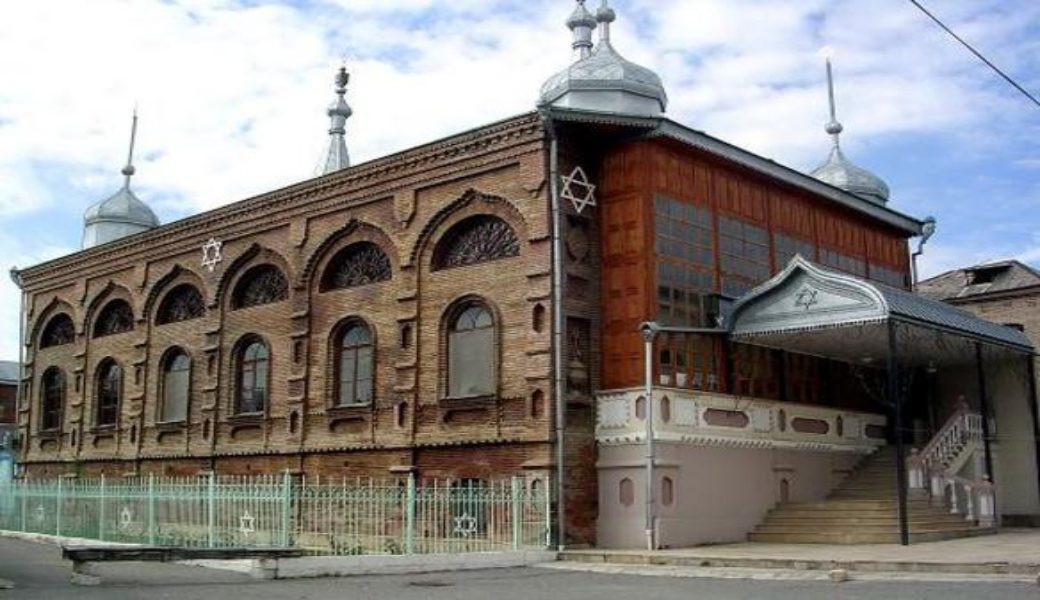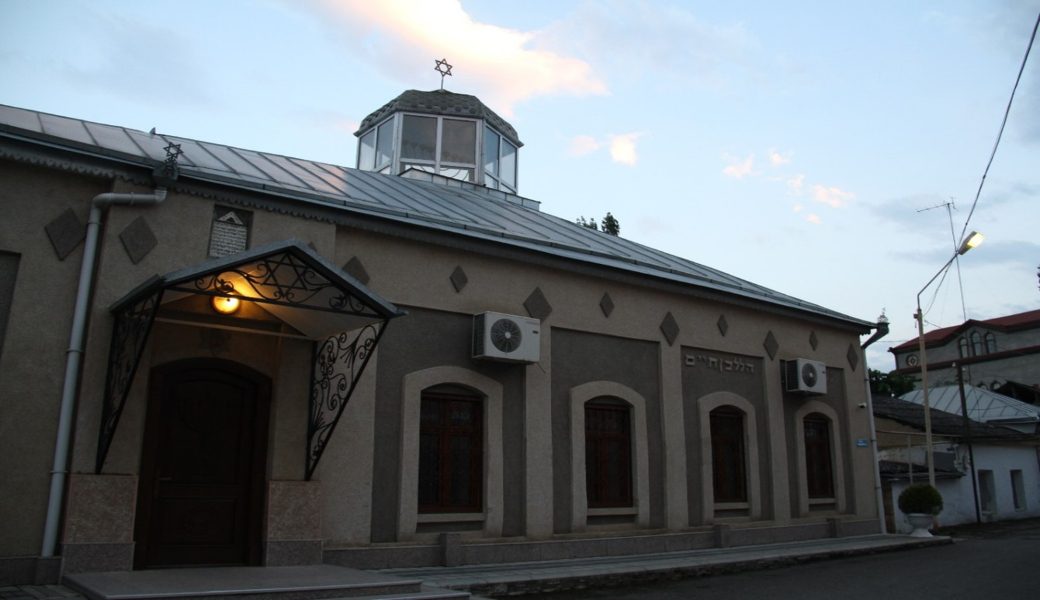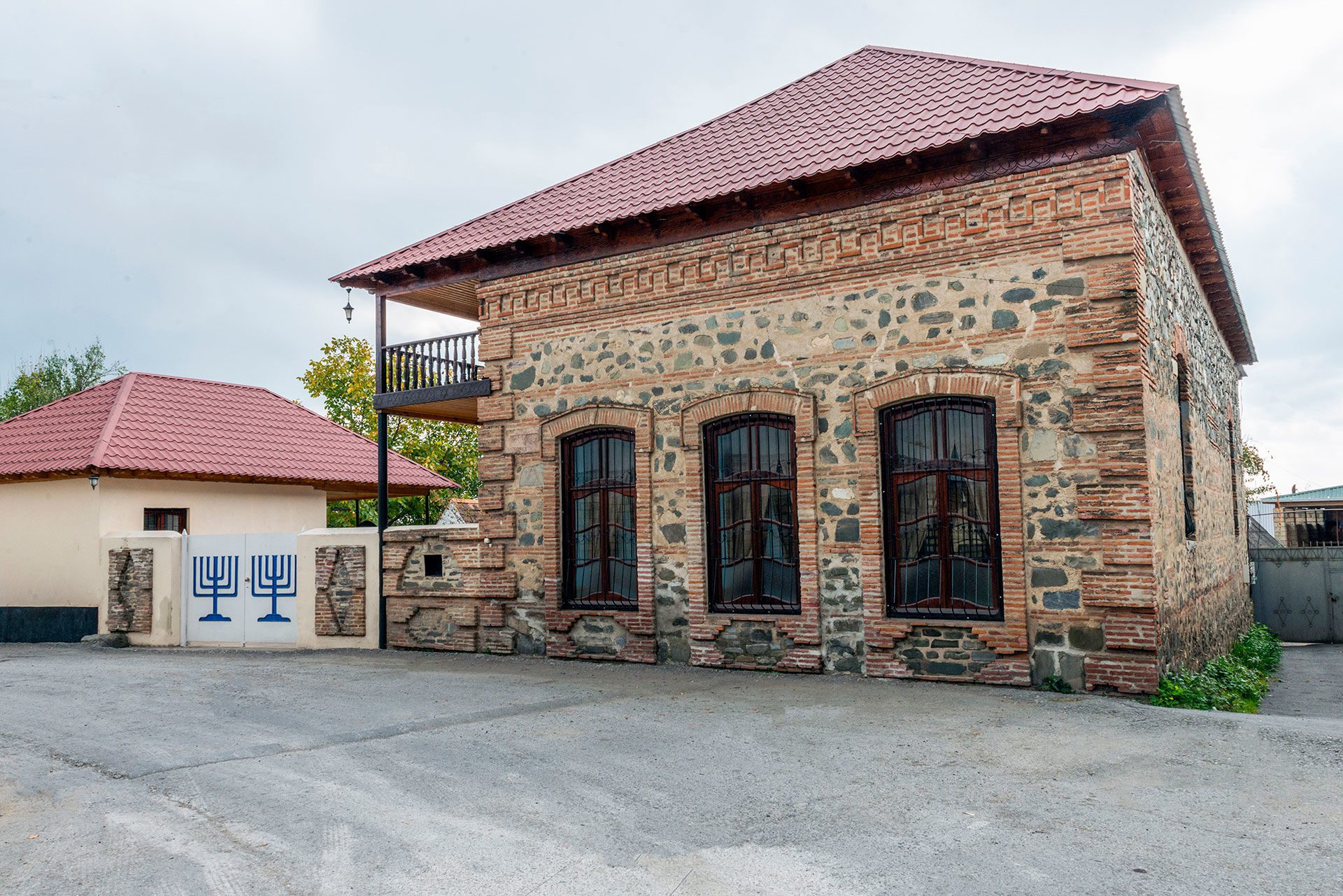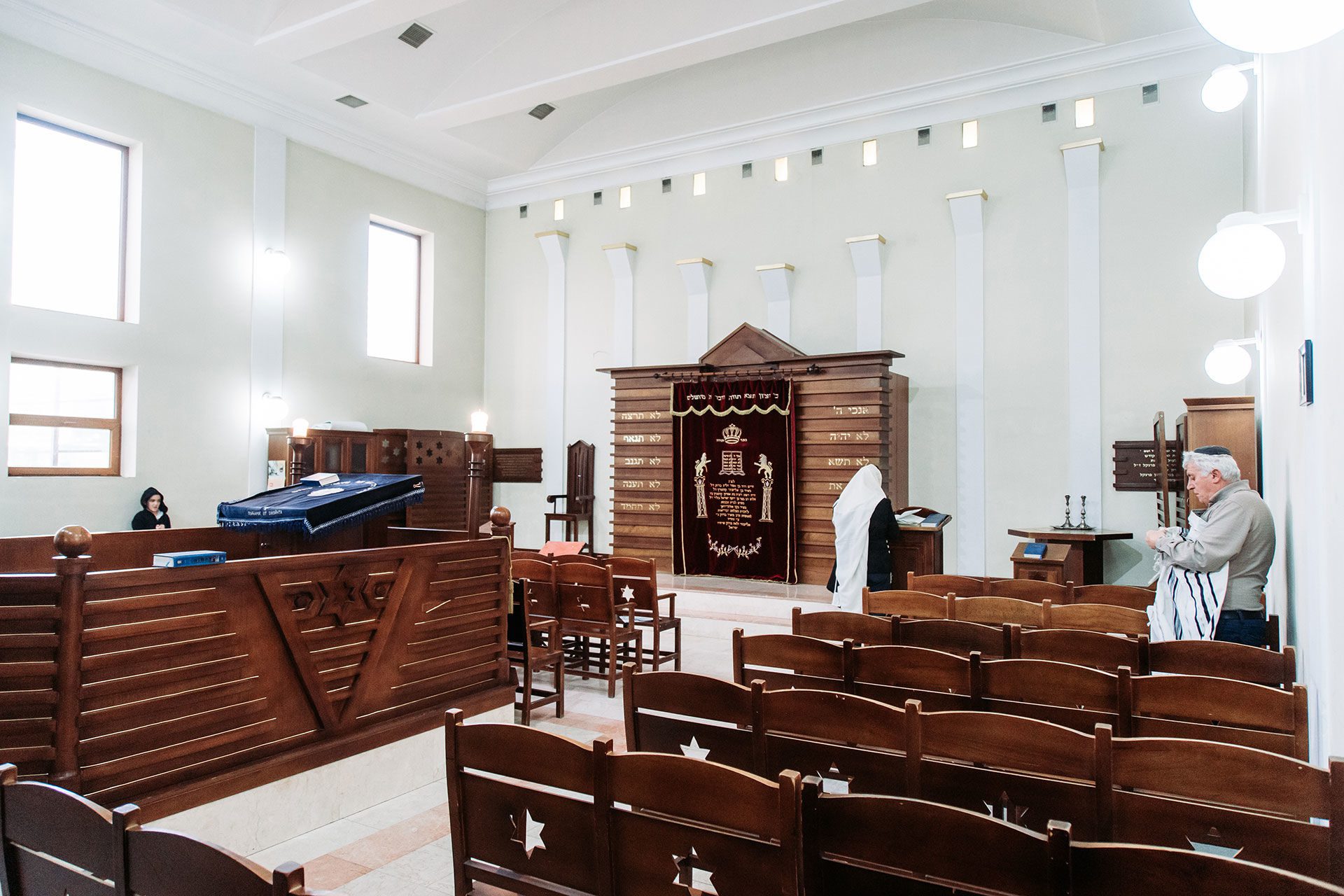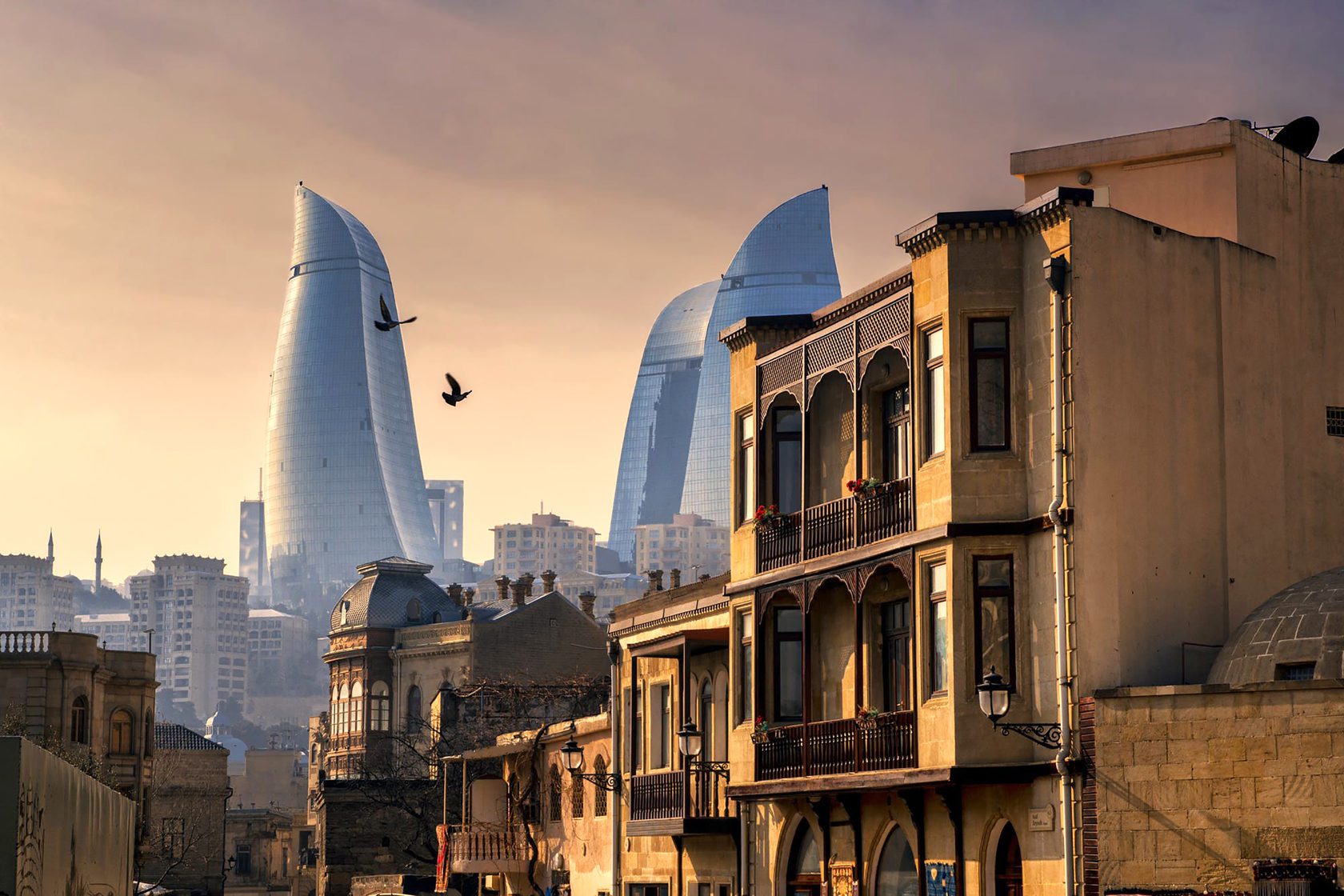Jewish Heritage in Azerbaijan – Guba
Guba introduction
Located in the north-east of Azerbaijan, Guba is the gateway to the Greater Caucasus Mountains, where timeless mountain villages are populated by tiny ethnic groups and there are fantastic opportunities for hiking and outdoor activities. In the city of Guba visitors can discover intriguing culinary specialities, important historical monuments and local carpet weaving traditions.
Guba in detail
Located in the north-east of Azerbaijan, Guba is the gateway to the Greater Caucasus Mountains, where timeless mountain villages are populated by tiny ethnic groups and there are fantastic opportunities for hiking and outdoor activities. In the city of Guba visitors can discover intriguing culinary specialities, important historical monuments and local carpet weaving traditions.
The Mountain Jews have historically lived in Azerbaijan and Dagestan. In the mid-18th century, following the death of ruler Nadir Shah, many small khanates emerged in present-day Azerbaijan. The Guba Khanate played an important role in the life of Mountain Jews in Azerbaijan. It was ruled by Hussein Ali Khan in the 18th century who moved his capital from Khudat to Guba and took measures to strengthen the khanate’s economic foundation. This included bringing in many craftsmen and tradesmen, including many Mountain Jews from the nearby settlement of Kulgat, which had been destroyed by Nadir Shah. They established a new settlement known as Girmizi Gasaba (Red Village), which developed rapidly during the reign of the next ruler of Guba – Fatali Khan. Fatali Khan united southern Dagestan and the entire northeast of Azerbaijan within his state. As a result of the economic rise and friendly attitude towards Jews, the Jewish population of Red Village rapidly increased. Groups of Jews came from different parts of Azerbaijan, as well as Iran, Turkey and Dagestan. Thus, the population of Red Village grew from 3,000 in 1856 to 8,400 in 1916 – the record population here. After that, it began to decrease. The Fatali Khan period is considered a true renaissance in the history of Red Village and the Mountain Jews, and therefore the central street continues to bear his name. Today, Red Village is home to about 3,000 people, although many, especially the younger generation, leave to pursue a better life in Russia, the USA and Israel. Red Village is believed to be the world’s only all-Jewish town outside Israel. The village is connected to the city of Guba via a bridge across the Gudyalchay River. The most widely spoken language in Red Village is Juhuri. The Azerbaijani and Russian languages are also widely used.
The town, which stretches from south-west to north-east along the Gudyalchay River is divided into three main neighbourhoods: Gusari, Gilaki and Gachayi. Red Village used to have 13 synagogues. Only two of them function now and 4 are partially ruined. The houses in Red Village line several main streets running parallel to the river. Most of the older buildings are constructed from flat brick and red-tiled roofs. Many were constructed in a unique, richly ornamented style by the local architect Hillel Ben-Hayyim, who left his mark on the appearance of the village. Most houses have two or more floors as well as closed courtyards that were used during the festival of Sukkot to make booths in which families traditionally lived during the seven days of the festival. The people of Red Village have traditionally been engaged in small trades, crafts and played an important role in the carpet weaving school of Guba. Predominantly a female occupation, some women from Guba gained fame as first-class artisans. Most of them spun and dyed their own wool.
The madder plant, from which a red dye was extracted, and saffron, used for a yellow dye, were both cultivated by Jews. Indigo, which yielded a blue dye, was imported to the Caucasus by Jewish merchants. The Mountain Jews supplied markets with these goods until the mid-19th century. Red Village has been home to many well-known politicians, businessmen, scientists, and notable figures living and working in Russia, Israel, USA, Germany, the UK and Azerbaijan. Among them are the Russian entrepreneurs Zarah Aliyev and God Nisanov, the Soviet orthopedist Gavril Ilizarov (who invented a special device for treating skeletal deformities), as well as the family of musicians, the Ilizarovs, the writer Vladimir Aghababaev, poet Yasha Mashiahov, Olympian fencer and trainer Zinaida Misheva and others.
Recently, several synagogues have been restored in Red Village and a Museum of Mountain Jews has been opened together with a Tourism Information Centre. Other development projects are planned.
Alti Gumbaz (Six Dome) Synagogue The Alti Gumbaz Synagogue in Red Village (9 Isaak Khanukov St.) was built in 1888 by the architect Hillel ben Haim, who contributed greatly to the development of the architectural landscape of the village. The six domes of this hexagonally shaped synagogue pays homage to the original migrants from the destroyed village of Kulgat who moved to Girmizi Gasaba (Red Village) six days after the invitation of Husein Ali Khan of Guba. During the Soviet years, the building was used as a warehouse, then as a sewing workshop. In 1991, the building was again allowed to be used as a synagogue, and in 1995 it was thoroughly restored. Daily morning and evening prayers, as well as special prayers and rituals on holidays are held in the synagogue, which is mainly used in summer time.
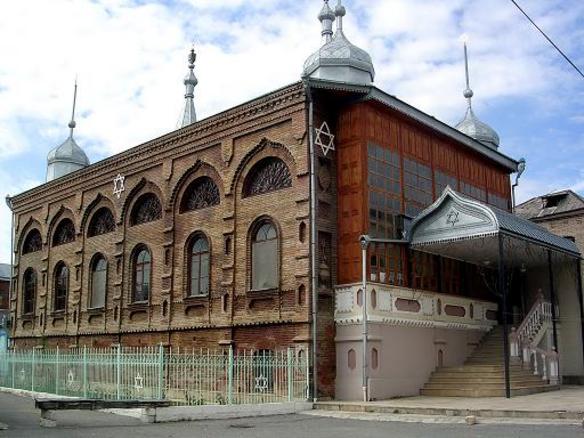

Gilaki Synagogue The Gilaki Synagogue, located in Girmizi Gasaba (Red Village), was built by immigrants from the Gilan province of Iran. The architect was Hillel Ben Haim, whose name is engraved on the brick facade of the synagogue. It is clear from the inscription on the foundation stone it was erected in 1896, although there is also another board on the entrance door indicating the year 1857. It is believed that this board belonged to an older synagogue located on the spot where the Gilaki Synagogue was built. The characteristic feature of the Gilaki Synagogue is its slanting roof topped with an octagonal dome.

